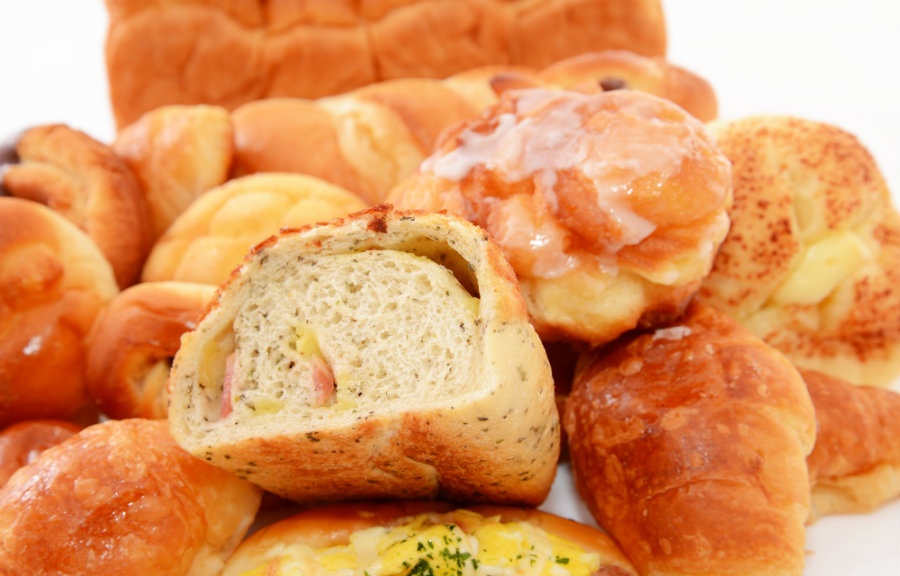All About Japanese Bread
While you might think of Japan as a nation of rice, you'd be surprised by the utter ubiquity of bakeries in the country. Bread has taken a long time to rise here, but the results are remarkably appetizing!
By Michael KanertHistory of Bread in Japan

http://t-cafe.sakura.ne.jp/history/%E5%8D%97%E8%9B%AE%E8%B2%BF%E6%98%93/
Bread first came to Japan through Portuguese traders and missionaries in the mid-16th century. However, Christianity was banned in the early 17th century, and any toehold bread had made went with it. But the name stuck: the Japanese word for bread is pan, which is the local adaptation of the Portuguese pão.

https://lh3.googleusercontent.com/-X-QSMNy0pqc/VtkXqtmj2eI/AAAAAAABfQM/4BMsfSVrA2U/w640-h400-p-k/e6cf0e87d4.jpg
While a bread recipe can be found in a Japanese sweets book from 1718, there's no actual evidence that it was ever made locally. The first bread known to be made by a Japanese person for Japanese people was prepared by Egawa Hidetatsu in 1842. In charge of the Tokugawa Shogunate's coastal defenses around Tokyo Bay, he baked hard bread as provisions for soldiers—and also constructed an early reverberatory furnace in Izunokuni, Shizuoka Prefecture, which is now a World Heritage Site.
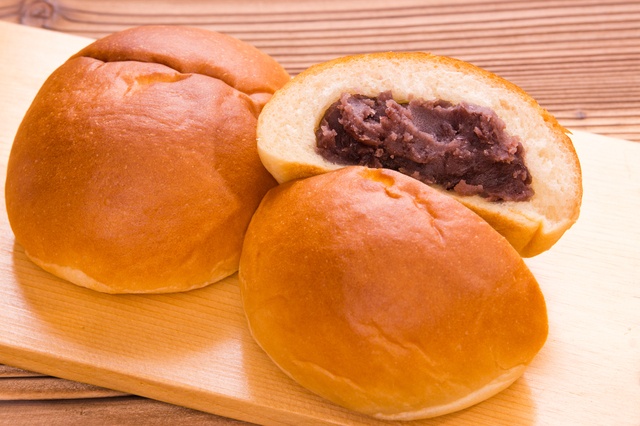
https://pixta.jp/
Bread became more common along with Japan's rapid industrialization in the Meiji Period (1868-1912), but it still didn't catch on among the locals. However, in 1874, Yasubei Kimura created anpan (あんパン), buns stuffed with red bean paste called an or anko. As anko was commonly used in Japanese sweets, its inclusion made for an easy transition, and ensured the success of Kimura's bakery, Kimuraya Sohonten, which still stands today. Anpan was so successful it was even presented to Emperor Meiji, and a boom in bread confections followed.
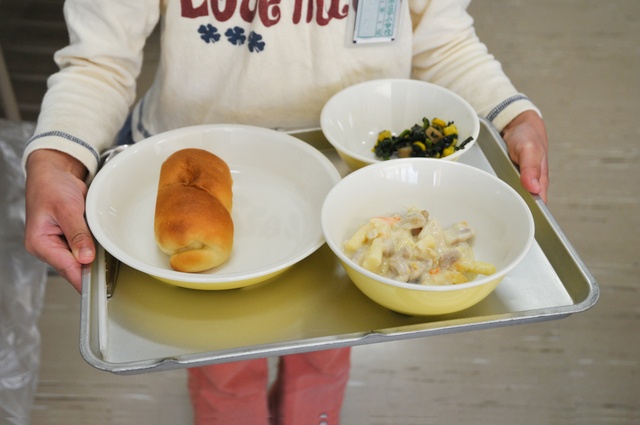
https://pixta.jp/
In 1890, bread was introduced as a staple for the Japanese Navy to combat vitamin B1 deficiency. However, it didn't make further inroads as anything other than a snack for the general public until after World War II. Bread became a common component of the school lunch (kyushoku) system that was established to counter post-war food scarcity, making use of wheat and powdered milk provided by the U.S. occupying authority.
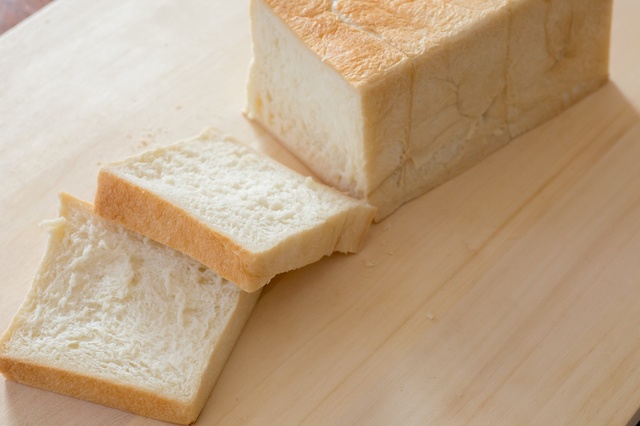
https://pixta.jp/
At the same time, bread was also produced for the sandwiches popular among U.S. soldiers. This was gradually modified to match Japanese tastes, becoming the square, heelless shokupan (食パン, literally "eating bread") that can be found in every grocery and convenience store to this day.
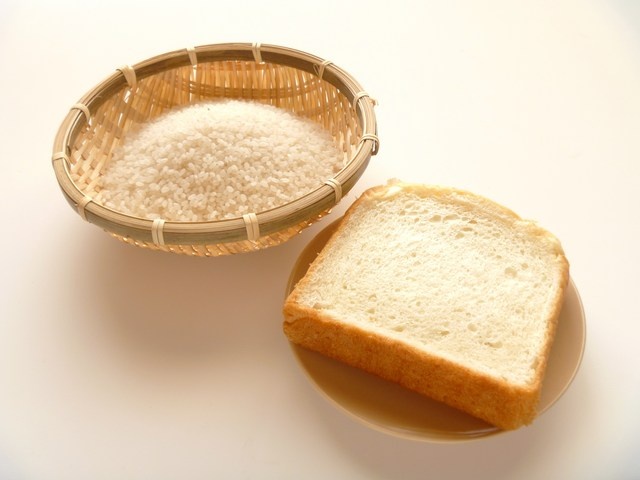
https://pixta.jp/
In 2011, eyebrows were raised when Japanese households spent more on bread than they did on rice for the first time in history. However, Japanese bread is quite pricey, and the nation still produced only 1.2 million tons of bread compared to 8 million tons of rice in 2015—so rice isn't going anywhere.
But bread is increasingly a part of the national diet, enjoying particular popularity in the Kansai area. You can find at least one bread shop, or panya-san, in any big train station across the country, and you'll even find them tucked into back alleys and the corners of sleepy towns. Anpan and shokupan are still going strong to this day, while below you'll find few other common types of bread you can expect to see in your local bread shop.
Jam Pan
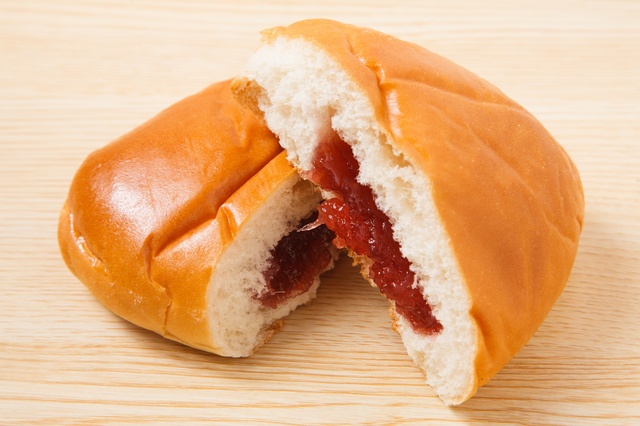
https://pixta.jp/
As the name suggests, jam pan (ジャムパン) is a bun with jam inside. Introduced by the third head of Kimura Sohonten in 1900, it was intentionally given an oval shape (ostensibly "leaf shape") to distinguish it from anpan, a peculiarity that was picked up by imitators as well.
Cream Pan
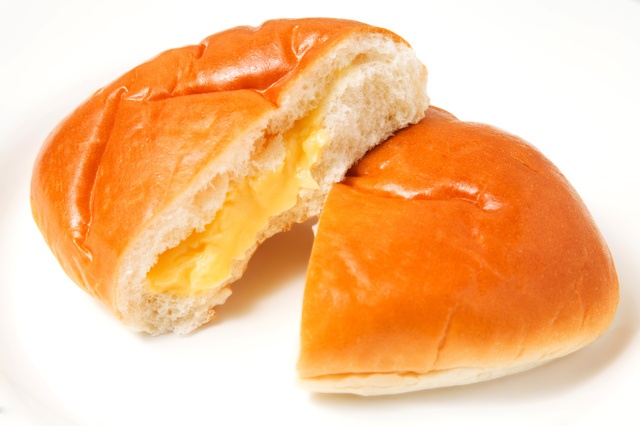
https://pixta.jp/
Cream pan (クリームパン) is simply a bun with smooth custard cream inside. It was invented in 1904 by Aizo Soma, founder of the still-thriving Nakamuraya food company, created in imitation of choux à la crème.
Melon Pan
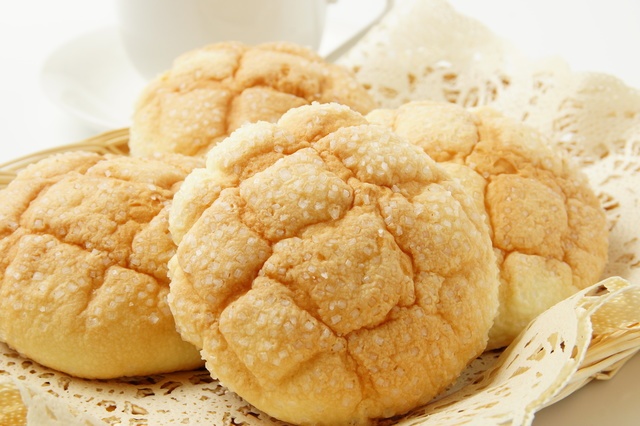
https://pixta.jp/
Don't let the name confuse you: melon pan (メロンパン) is simply made by coating a normal sweet bun in cookie dough and then baking it, giving it a crisp, sugary shell with a soft interior. There's no actual melon taste to it—though some makers now add a hint of melon flavor or tint it green as a gimmick.
There are two theories behind the seemingly incongruous name: one is that the crisscross pattern on top of the bun looks similar to the skin of a cantaloupe; the other is that it was formerly called merenge pan (meringue bread), and the name gradually devolved into melon pan. Theories on its origin vary as well, with some dating it as far back as 1910.
Curry Pan
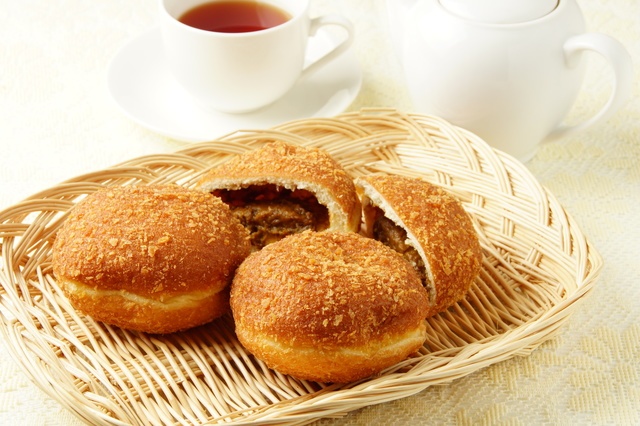
https://pixta.jp/
Curry pan (カレーパン) is a kind of fried bread filled with sweet Japanese curry. It's a bit of a shock if you're expecting something sweet inside, but Japanese people love curry. In fact, curry has been introduced in Japanese cookbooks as early as 1860, and recipes for curry rice were already published by 1872. So it's no surprise that curry pan has been traced as far back as 1927!
Katsu Sando
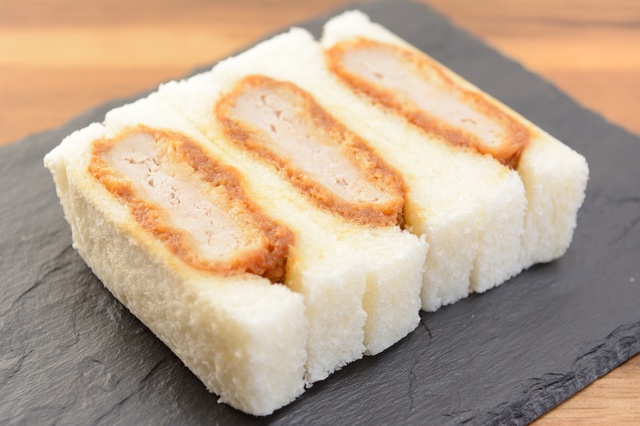
https://pixta.jp/
A katsu sando (cutlet sandwich) is simply a breaded pork cutlet slapped between slices of bread, usually accompanied by a bit of mustard and cut into two or three pieces. You'll find them at convenience stores, in train stations and off to the side in quite a few bread shops as well.
The katsu sando was created in 1935 by a tonkatsu (pork cutlet) shop in Ueno, where it was prepared as an easy bite for geisha working the red light district in the area at the time. The shop, Isen, is still in operation today.
Yakisoba Pan

https://pixta.jp/
Yakisoba pan (焼きそばパン) is basically just a hot dog bun with fried yakisoba noodles tossed inside. It's believed to have been created just as unceremoniously, when a now-closed shop selling both yakisoba and bread rolls advised customers in 1950 to slap the two products together for simplicity's sake.
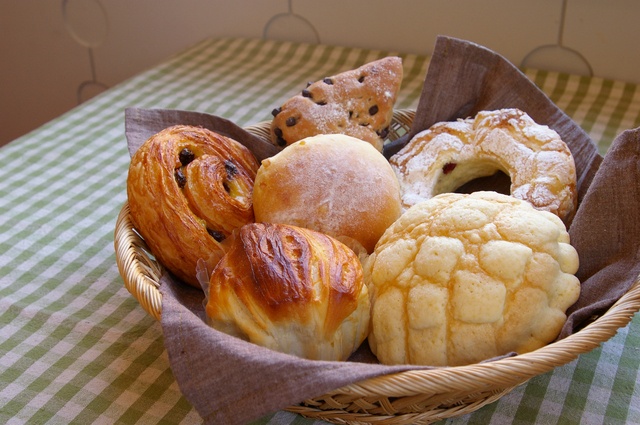
https://pixta.jp/
Those are just the basics. Creativity in Japanese bakeries hasn't slowed down since, and while most shops will focus on common white breads, danishes and muffins, you can also find specialty shops selling excellent German-style browns and nut breads. Bagels are also much more common than they once were, though sourdough and corn bread remain virtually unheard of.
So there's still room for expansion, but with so much variety on the shelves—from cheese bread and chocolate croissants to sausage bread and classic anpan—you're sure to find something scrumptious to fill your tummy!


